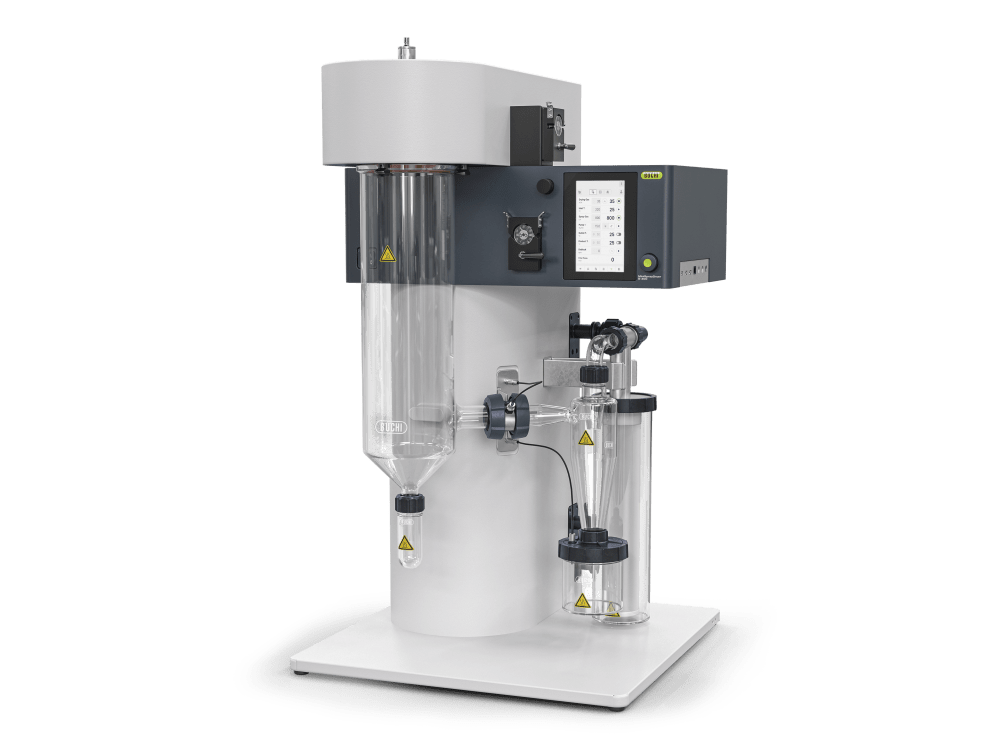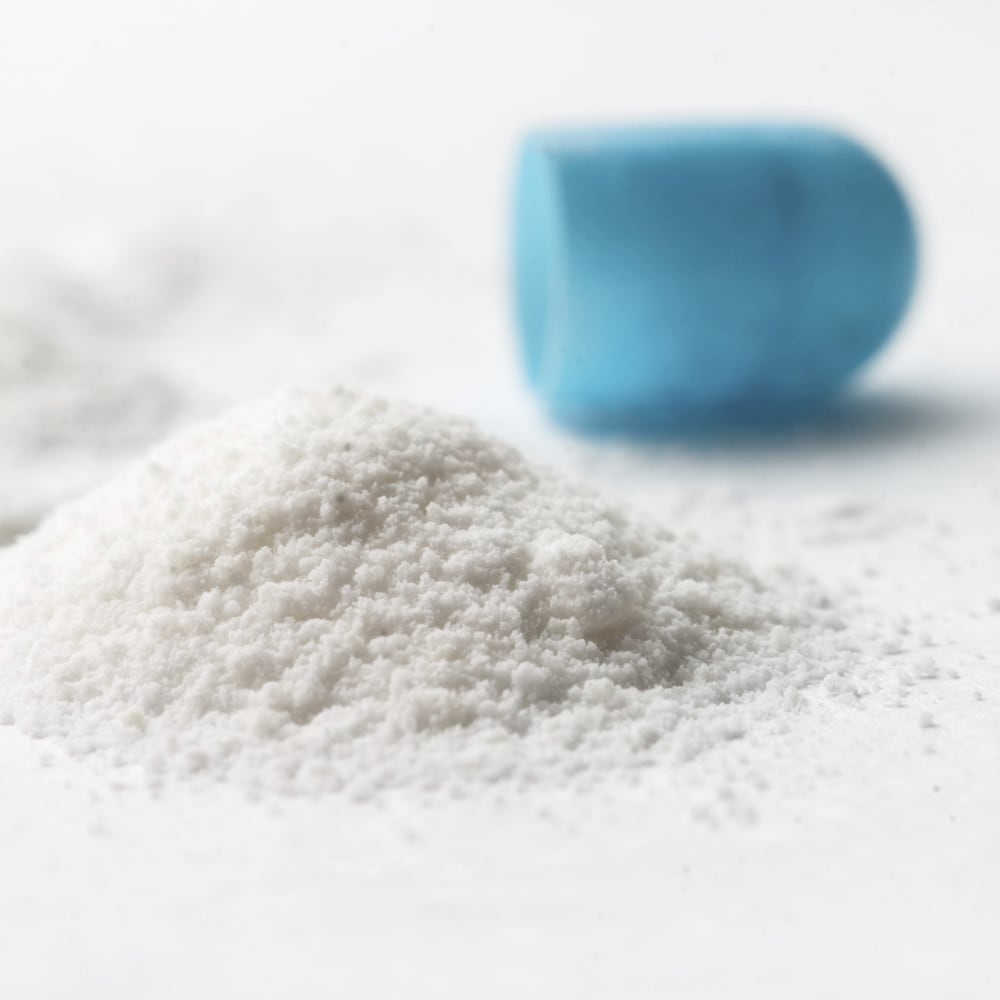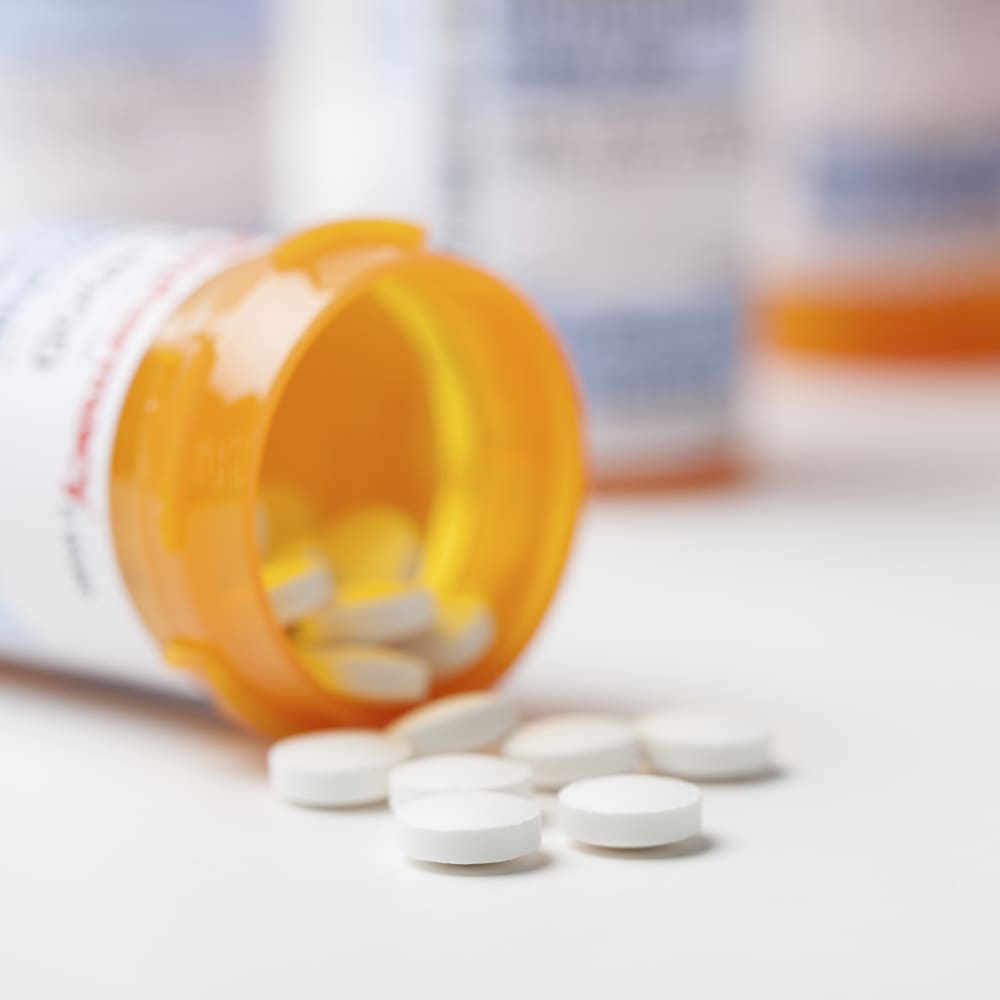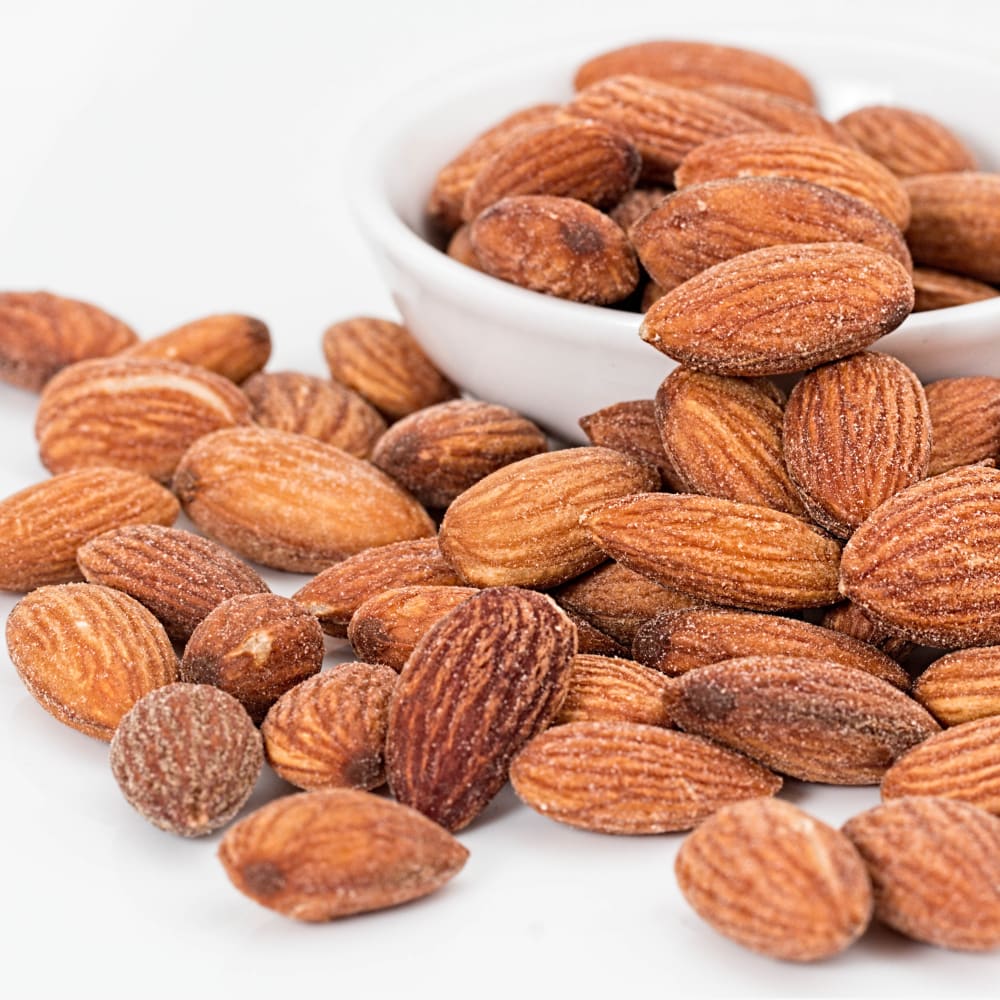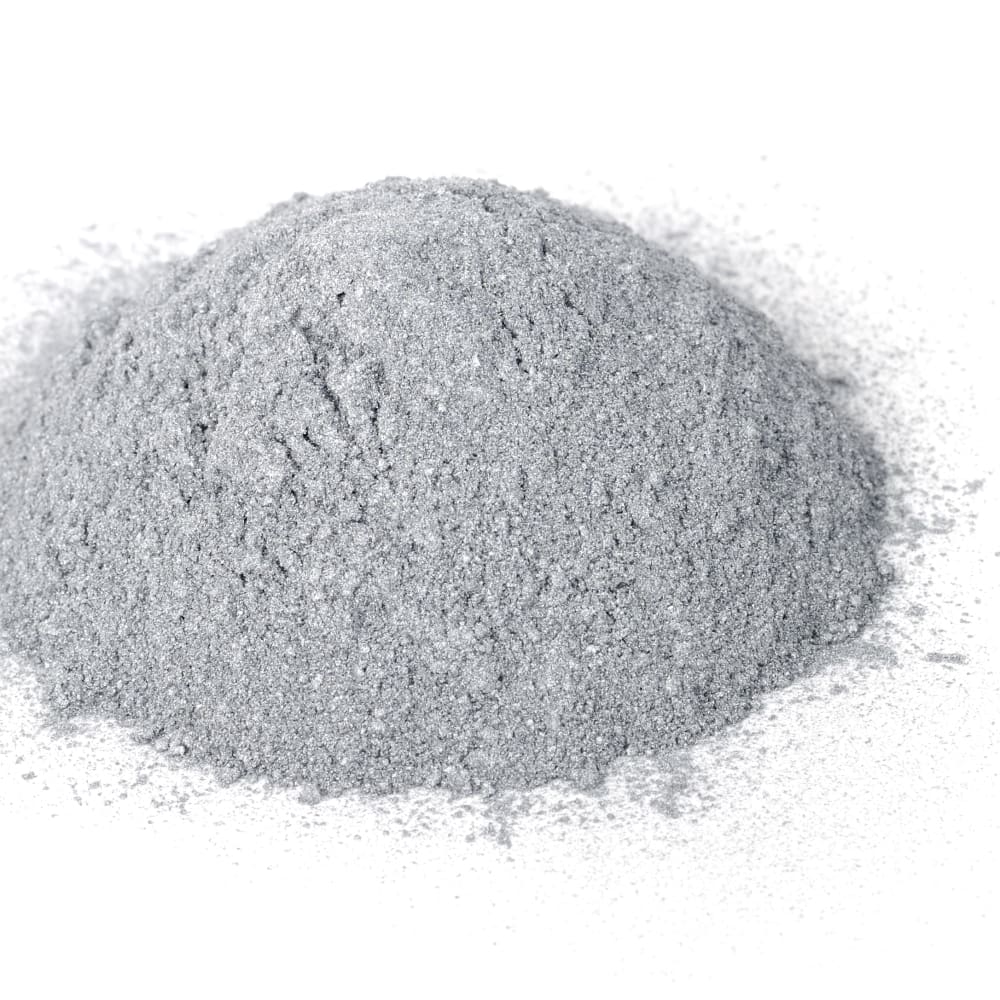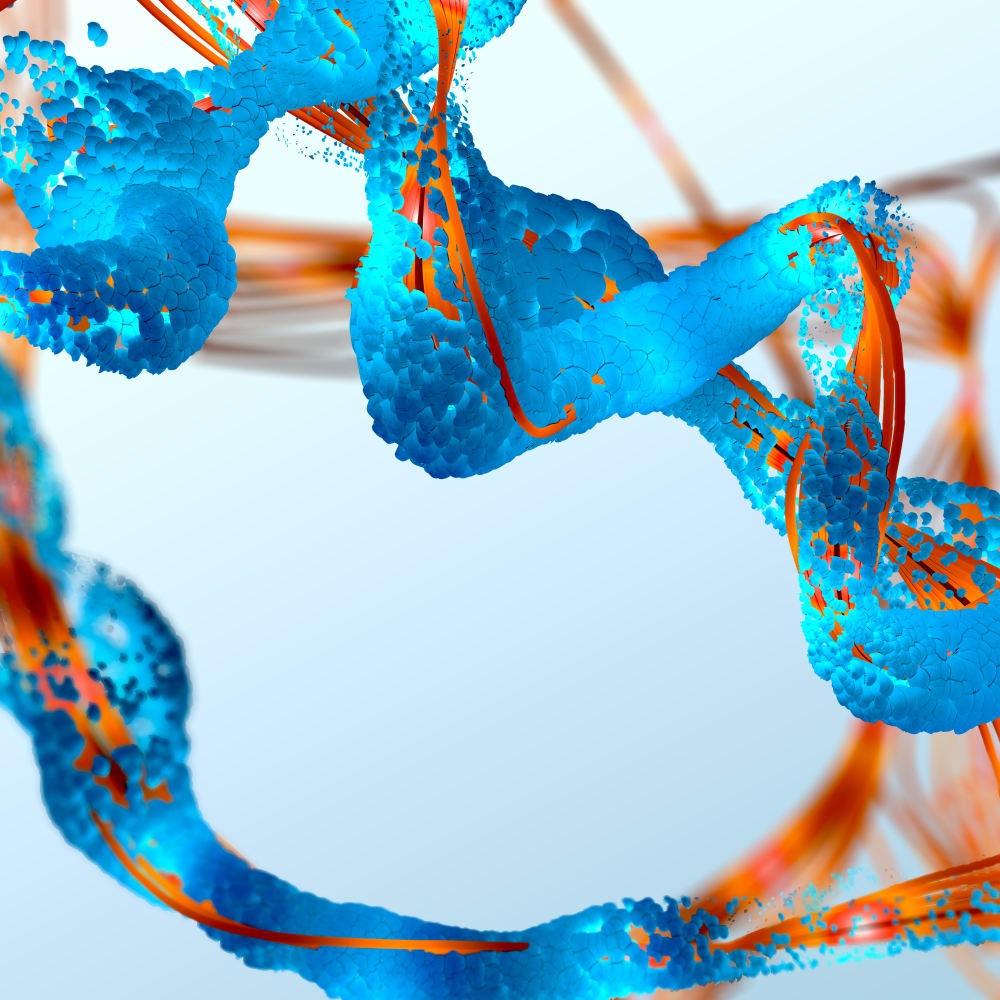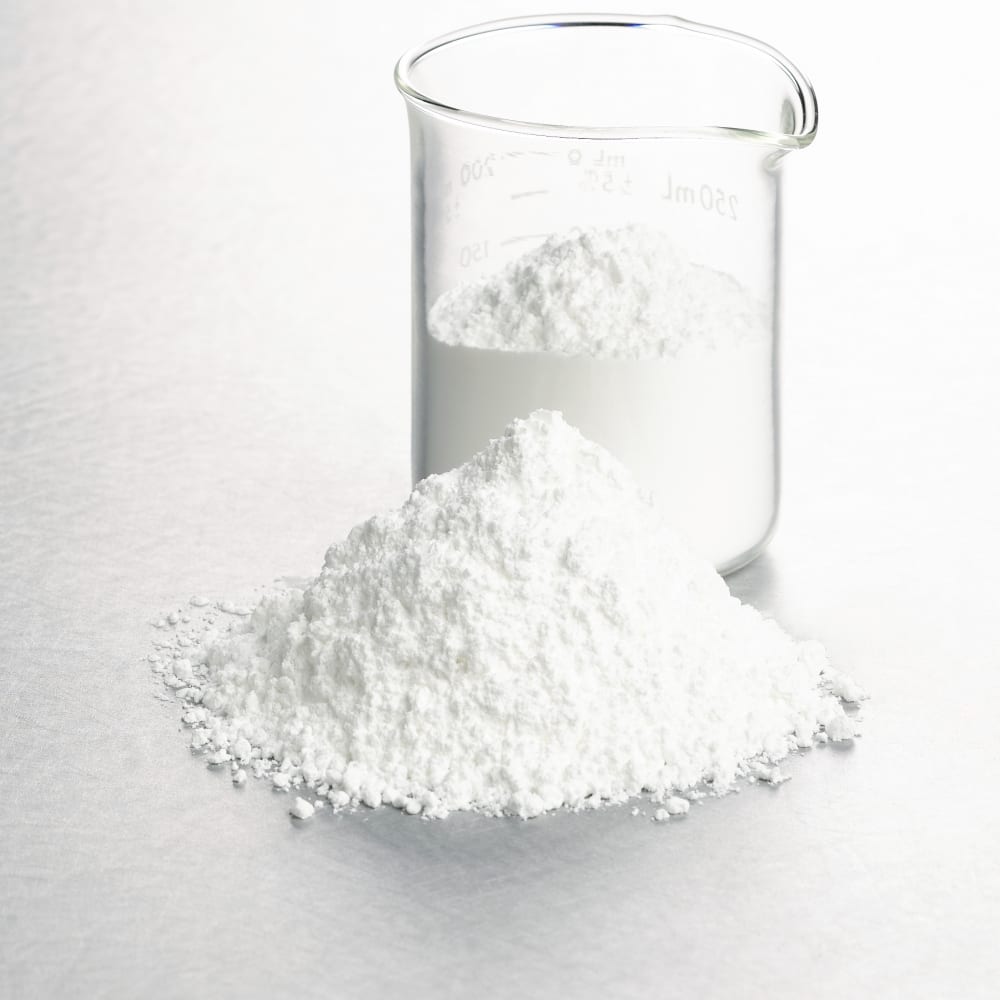Spray Drying of Micro foam beads
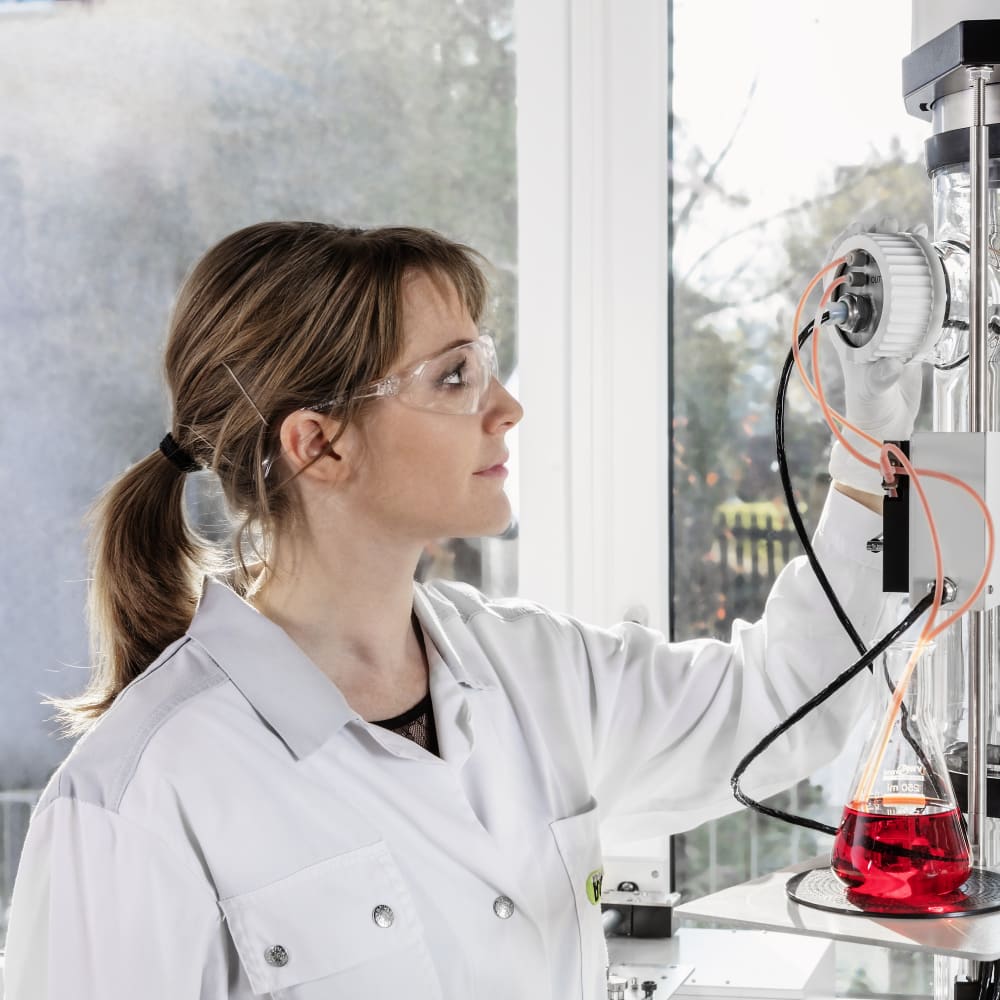
Spray drying is an effective technique for producing micro foam beads, which are widely used in various industries, including food, pharmaceuticals, and cosmetics. The process involves the atomization of a liquid foam solution into small droplets, which are rapidly dried using hot air, resulting in the formation of dry micro foam beads.
Spray drying of micro foam beads has several advantages over other production methods, including precise control over particle size, uniformity, and morphology. It also enables the incorporation of various functional ingredients, such as antioxidants, vitamins, and minerals, into the foam matrix, which can enhance the bioactivity and nutritional value of the final product.
In the food industry, micro foam beads are used as a texturizing agent, stabilizer, and flavor enhancer in various food products, including beverages, desserts, and snacks. In the pharmaceutical industry, they are used for drug delivery, especially for oral dosage forms. In the cosmetic industry, they are used as an exfoliating agent and skin moisturizer in various skin care products.
y drying is a versatile technology for producing micro foam beads with a range of properties and applications in different industries. Its ability to incorporate functional ingredients into the foam matrix makes it a valuable tool for enhancing the nutritional and therapeutic properties of various products.
Please see the application note No. 579 for starting parameters, formulations and some results.

